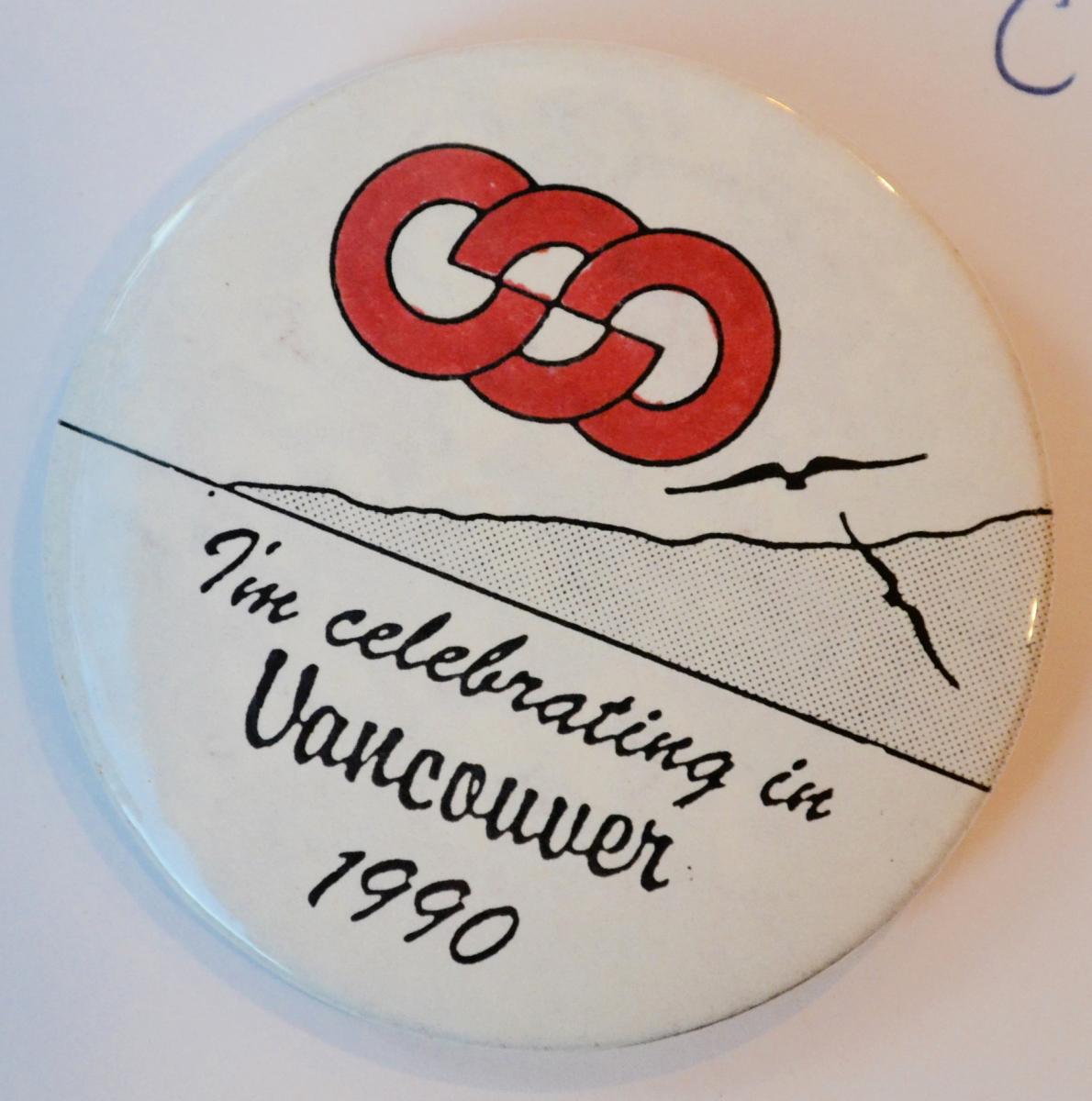By Joseph Abernethy

In the upcoming Issues of CommuniQue The ArQuives is going to explore the shifting locations and histories of Toronto’s changing LGBTQ2+ bar scene. Starting with the 70’s and running into the 2000’s each article will examine a decade of change. The focus will be primarily on spaces that catered to the city’s vibrant queer community and what’s become of those spaces. The research for this series has been conducted using sources available in our collections and includes articles written for The Body Politic, Ryerson business surveys, clippings from The Toronto Star and complaint letters written to city counselors.
The 70’s:
Working with what is available at The ArQuives a lot of the material on this decade is limited to the end of the decade. This is in part because by the end of the 70’s the gay liberation movement was gaining steam leading to more documentation. As The ArQuives uncovers more history we’re actively seeking the untold stories of Toronto’s diverse queer communities.
A notorious spot for Toronto’s beautiful, famous and homosexual was Bemelmans at 83 Bloor Street West. Although not explicitly a restaurant catering to the LGBTQ2+ community, it made its own waves by being one of the first spaces in the city to allow you to stand while consuming alcohol in public. Opening in 1977 it quickly became the spot to be seen before becoming a Versace boutique, Hugo Boss store and now rotating pop-up shop.
Much to the dismay of their neighbours, an all ages, men only after-hours bar, The Manatee, occupied 11a St Joseph Street for most of the 70’s. Famous for its drag performances and The Empress Awards Show, The Manatee is also where the medley of Craig Russell’s drag performances were staged for the film “Outrageous”. The city routinely received complaints from nearby townhouses and apartments. One of the letters to city counsel, written by a certain Mrs. Wallace, noted that “It [was] not uncommon for several hundred males to be milling about, screeching and cursing at all hours of the night.” The area is now, unsurprisingly, home to a condo with an Aroma cafe attached.
Tucked behind the Manatee Club at 16 Phipps Street was Club David’s. Opening in 1975 without a liquor license it benefited immensely from the its location. In the beginning Club David attracted a rough crowd and fights were frequent affairs, however, things turned around when the owner Sandy LeBlanc implemented a $2 membership and hired bouncers. Importantly, this was the first bar in the area to be open to women, drag queens and people of all sexual orientation. Unfortunately, if you go looking for Club David now you’ll find that the door leads to a condo loading bay.
Arguably the most popular bar of the 70’s was Katrina’s which opened in 1978 conveniently located next to Club Manatee at 5 St Joseph Street. Playing disco and slinging $2 drinks until 4 in the morning didn’t always (or ever) go over well with the neighbours. They claimed that some nights people sold bootlegged liquor out of their cars. Today if you look north the entire north side of the street remains residential townhomes.
Do some of you remember the now bankrupt Payless Shoes at 665 Yonge Street just south of Charles Street on the east side of Yonge? That used to be The Quest. It had a small dark bar downstairs and upstairs was a dance floor known for playing disco. Predominantly a male bastion, women also frequented the second floor.
Joining the many, many ranks of gay bars turned condo is the St. Charles Tavern at 488 Yonge Street. Due to the buildings newly minted heritage status, the clocktower from the original fire station built in 1871 will be saved. It’s popularity with the gay community has been documented as early as 1961. The St. Charles Tavern is also the birthplace of the villages infamous Halloween block party. At the time Halloween was the only day of the year police would not arrest a drag queen, so naturally the performances they gave at the St. Charles Tavern drew huge crowds.
You have probably noticed that in the 70s, the village as we know it today was no where near Church Street. The epicentre of the community – the bars and the clubs – was along Yonge and Bloor Streets. By the end of the 70s change was in the air, and in the next issue we’ll dive into the ‘80s and review “the great migration”. Our collections continue to grow and we welcome photos, videos, ephemera and other media that would broaden the scope of our stories and history of the 70s.

